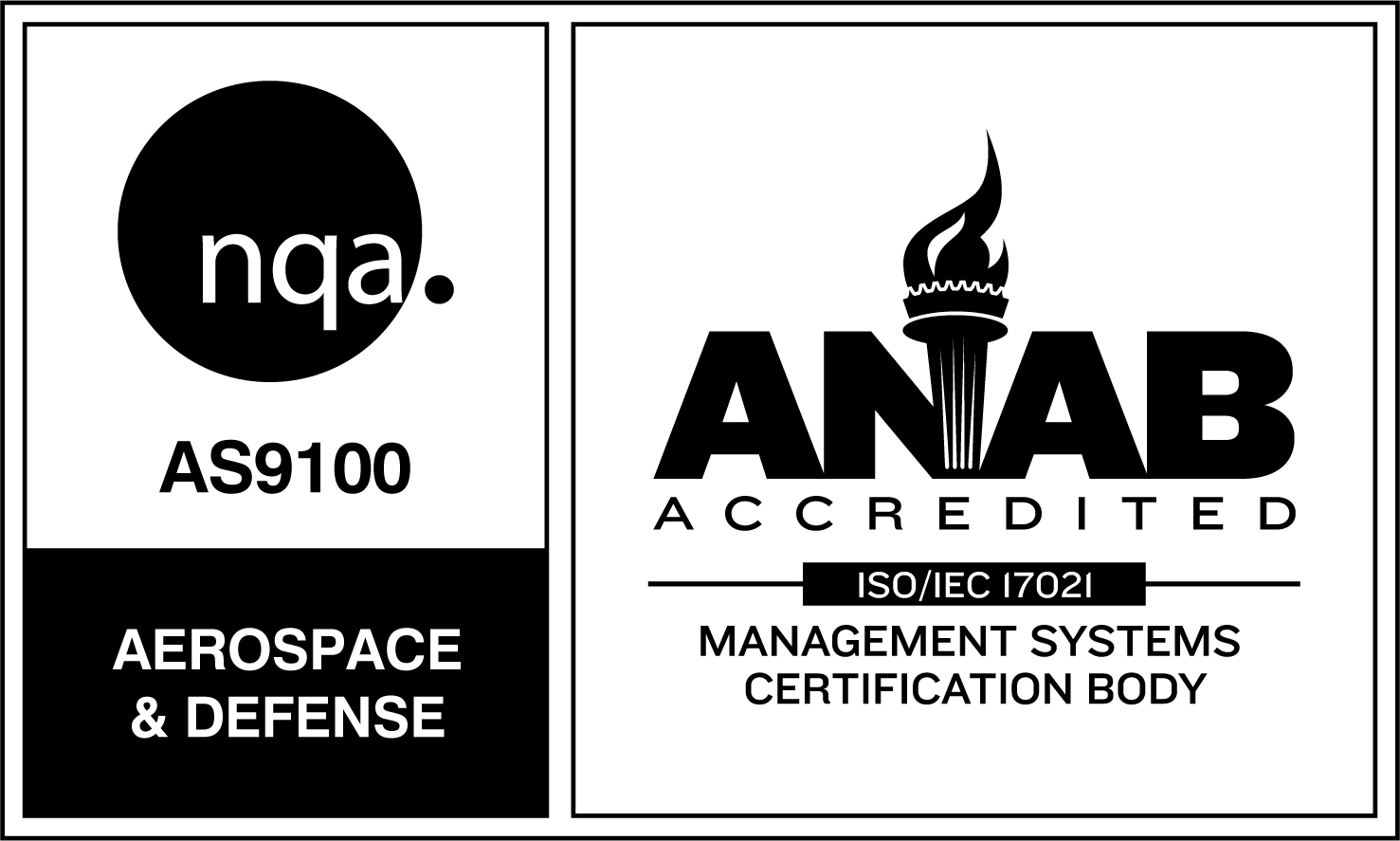Copper plating has many applications, from enhancing the beauty and thermal efficiency of cookware to manufacturing components for rockets and medical implants . Industrial uses are particularly wide-ranging, given the metal’s many useful practical qualities. Copper’s adhesion makes it an ideal undercoating for nickel and silver plating. It is an excellent conductor and offers shielding from RF and electromagnetic interference. For this reason, copper is widely used in electronics manufacturing. And copper’s lubricious properties suit it for use in coating ammunition.
Moreover, copper is antibacterial, making it especially useful for coating laboratory and medical equipment. It has high thermal conductivity and is non-magnetic, ductile, malleable, and resistant to corrosion. Copper is generally the first choice in components that need to weather high heat or marine environments, especially when used as a base layer for nickel. Although the value of copper has increased in recent years, it remains a cost-effective alternative to noble metals with similar properties like platinum, gold, or silver.
Preparation
In the plating process, the base metal is coated with a layer of copper by means of electroplating. Several metals, including silver, gold, and aluminum, can take copper directly on their surfaces. Other iron-based metals will generally require a nickel base coat for successful copper plating. Plastic parts and ceramic can also serve as a base layer for copper plating.
The surface must be thoroughly cleaned to prevent imperfections during the process. Copper’s softness allows it to adhere uniformly to bent, pitted, and other irregular surfaces. This gives copper plating exceptional flexibility, but it also means unintentional irregularities in the base layer may show up under the thin copper coating.
How Electroplating Works
Electroplating begins with an electrolyte bath, initially composed of three inorganic components. Copper sulfate provides the copper ions. Sulfuric acid conducts the electric charge. And chloride irons aid in controlling the plating process. Many electrolyte baths also use cyanide to improve long-term adhesion. The high toxicity of cyanide makes this process particularly hazardous and necessitates rigorous safety controls. Once the base material is submerged in the bath, a current causes copper ions to move to the base layer and form a smooth coating.
Controlling the Plating Process
The chloride ions in the electrolyte bath combine with various organic additives that assist in controlling the plating rate and location. These include accelerating agents, suppressors that help reduce plating in certain areas, and levelers to smooth out the coating. Organic additives are essential to controlling the plating process. It is also necessary to carefully control the current. Higher currents can lead to surface imperfections due to the formation of hydrogen bubbles.
Other Methods of Copper Plating
The process we’ve described thus far is the most common approach to copper plating, but it is not the only one. The specific characteristics of the components being plated, or the requirements of downstream manufacturing procedures, can make alternatives more appropriate. Here are three:
- Barrel Plating: This type of plating is effective for coating several smaller parts at once. The components are placed in a barrel-shaped cage, submerged in the electrolyte bath, and slowly tumbled for greater plating efficiency.
- Electroless Plating: This method is a purely chemical process that produces coatings that are far less porous and more resistant to corrosion than the coatings produced with other methods. This plating process is beneficial for components subject to high-stress conditions.
- Heavy Build Plating: A technique for producing thicker, nonporous coatings, this method increases the antibacterial qualities of medical devices and protects gun barrels from the fouling of soft lead bullets.
Copper plating creates products and components with exceptional thermal and electrical conductivity and resistance to corrosion and bacteria. Industrial plating applications require expert care and attention to achieve maximum smoothness and adhesion and the perfect thickness for each project’s specifications.
At Thermal-Vac, we work closely with each customer from the moment they propose a project to its final delivery. From engineering to final processing, we are there with the service and know-how to get the job done the right way. To learn more about our copper plating process, give Thermal-Vac a call.


